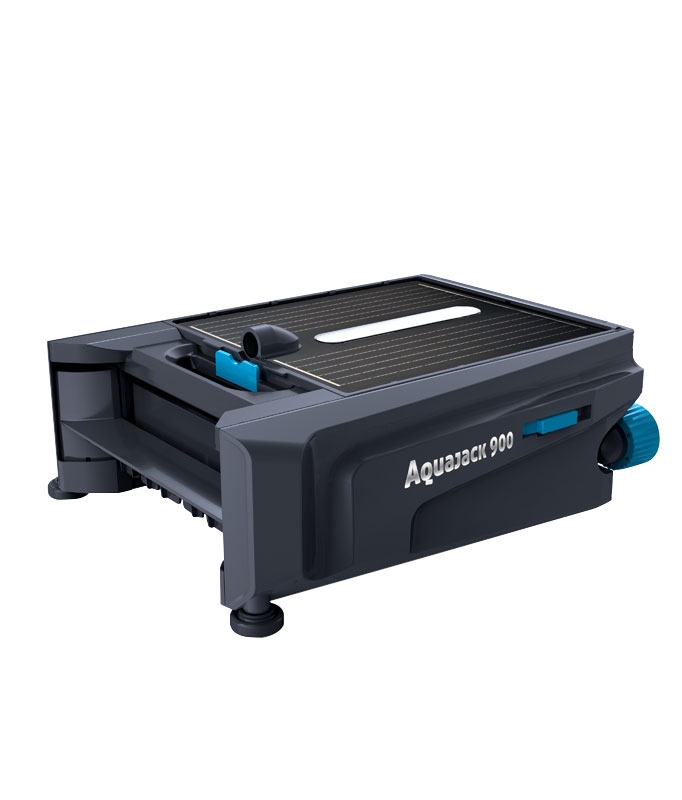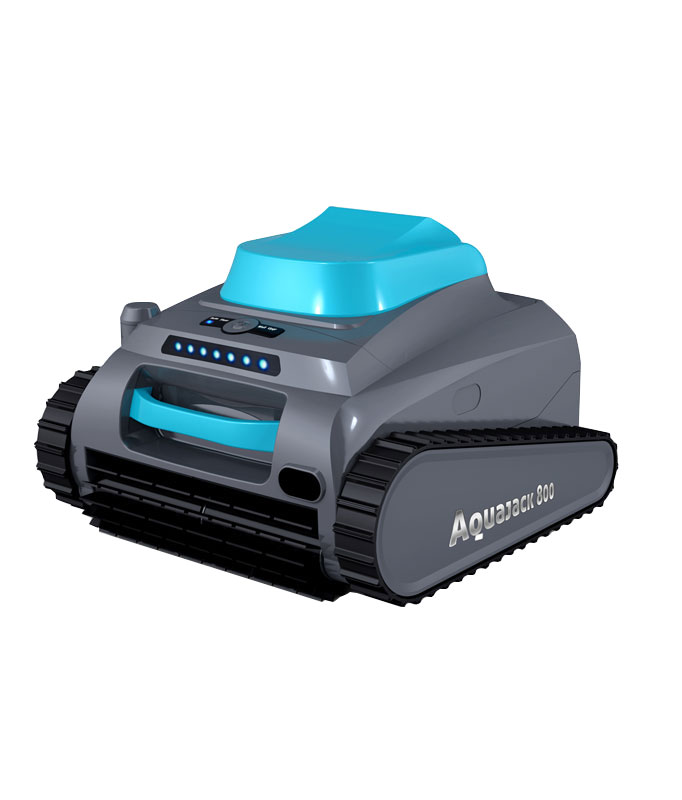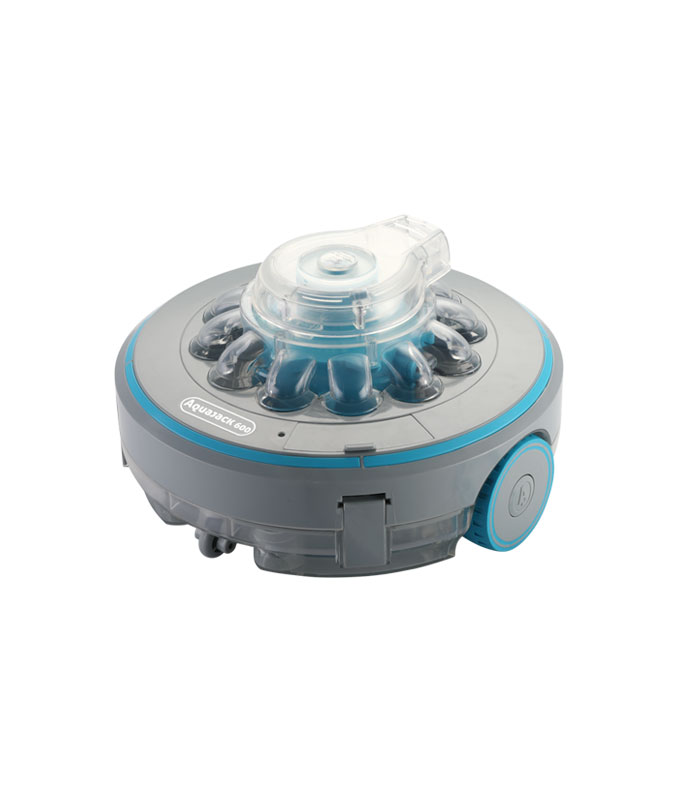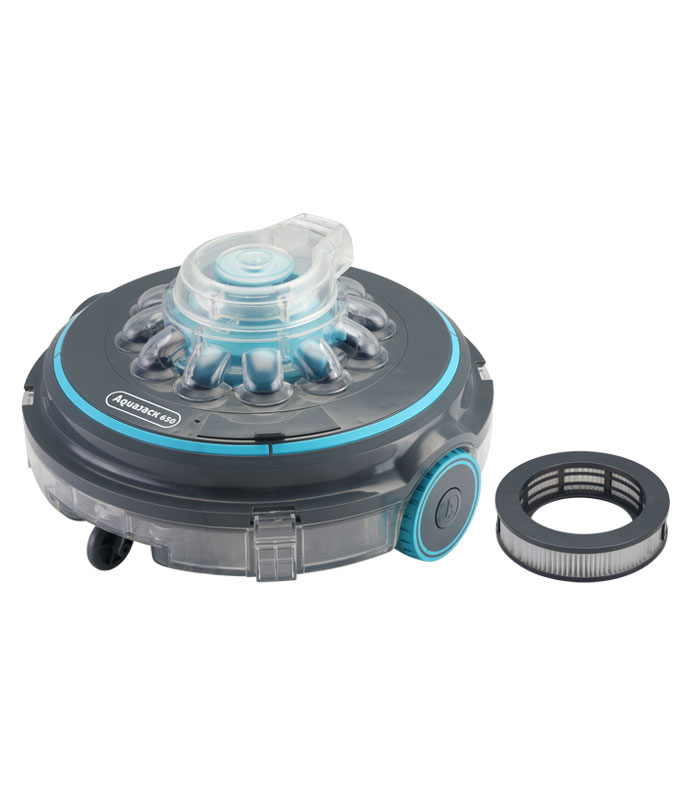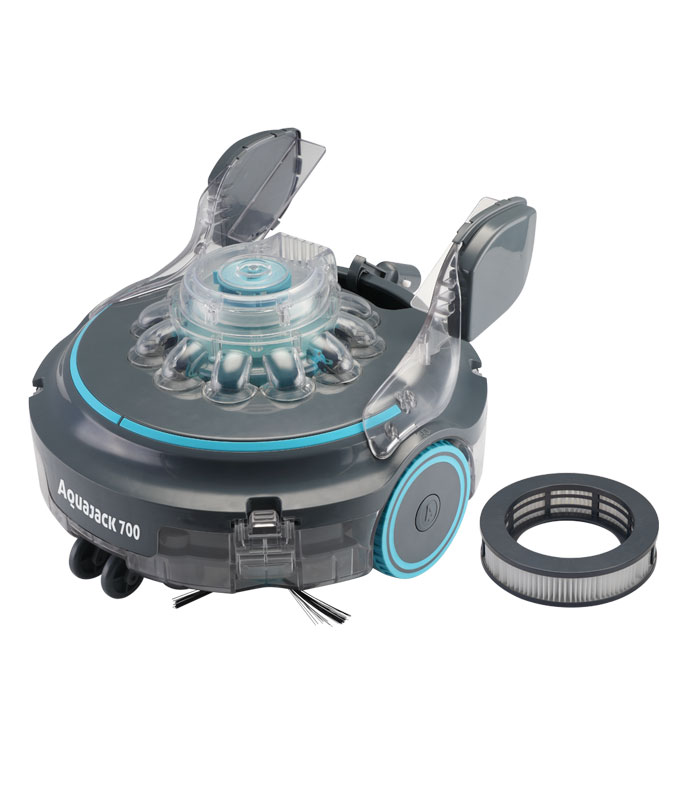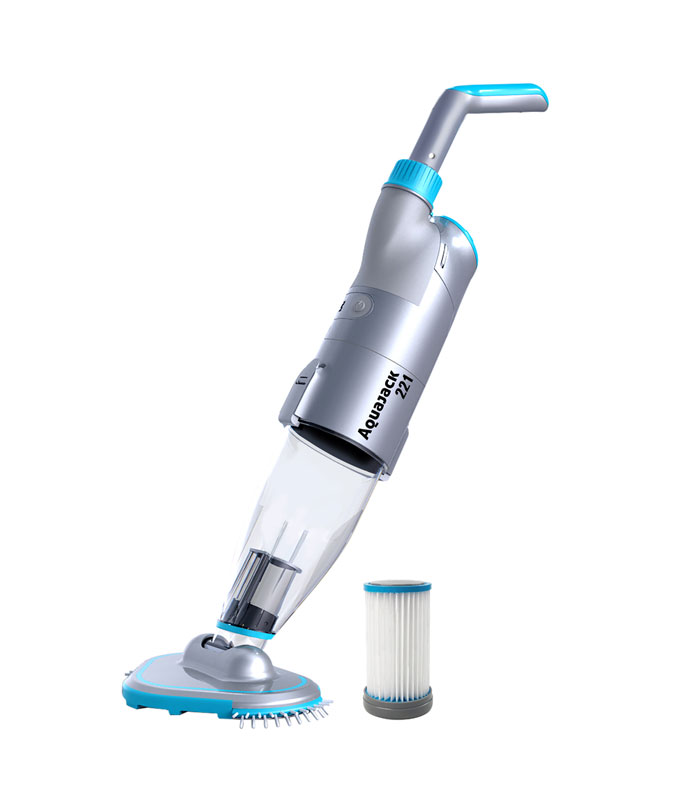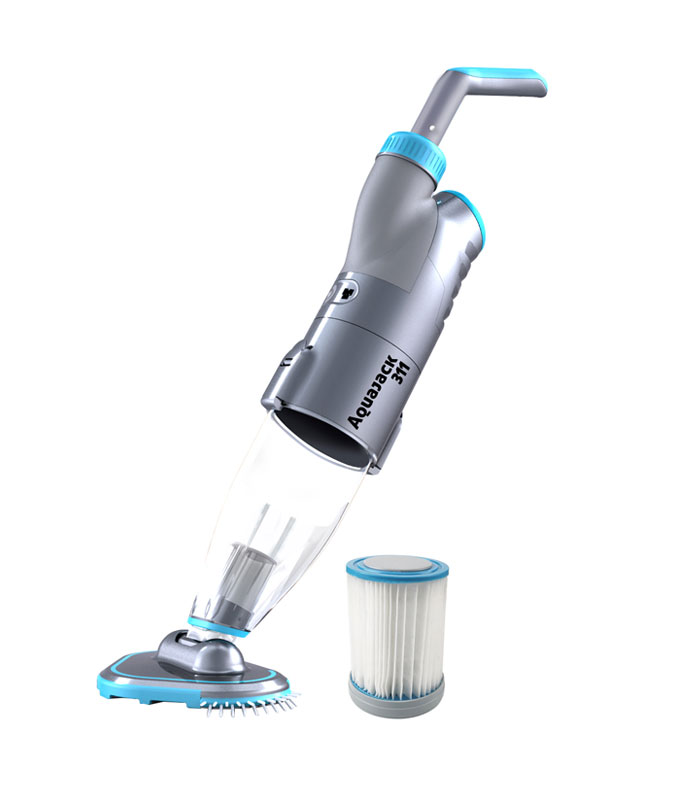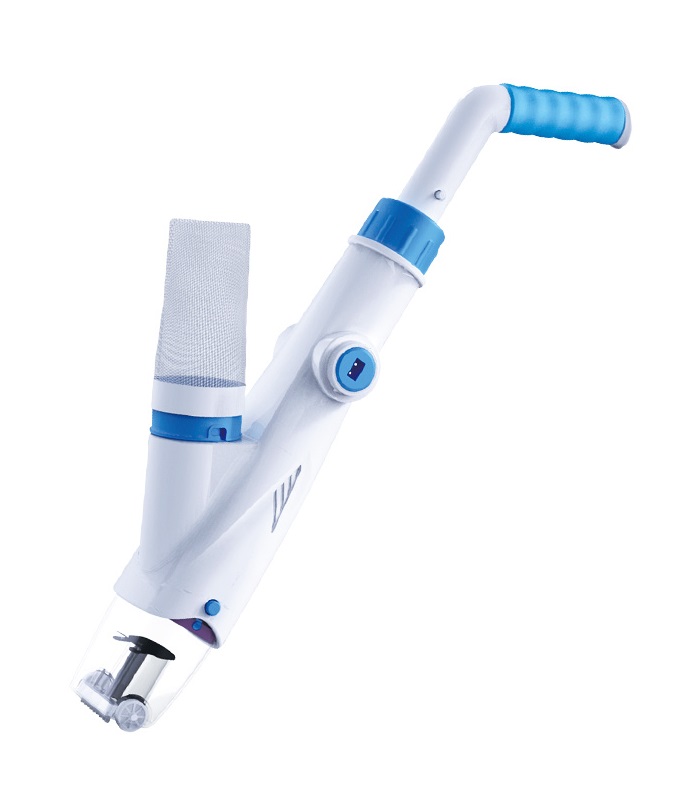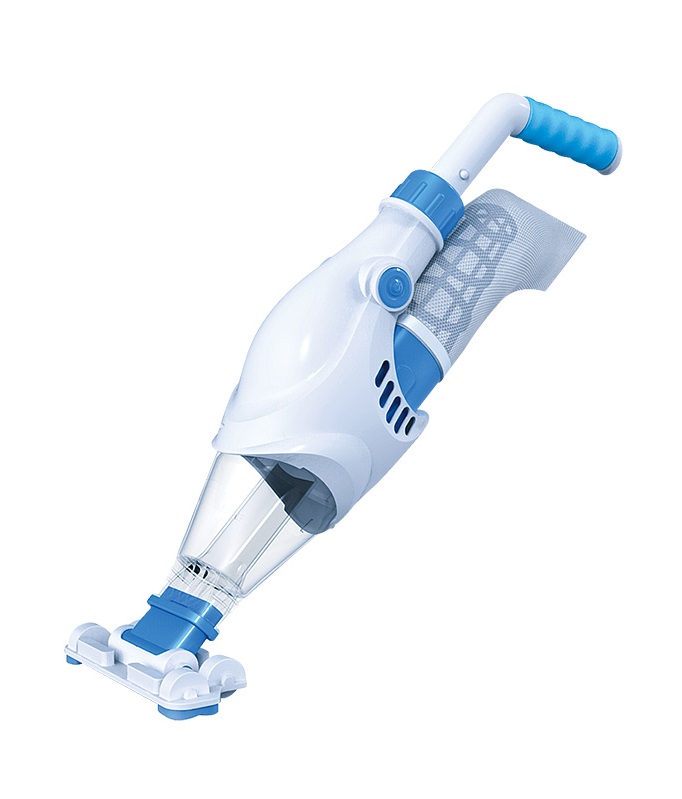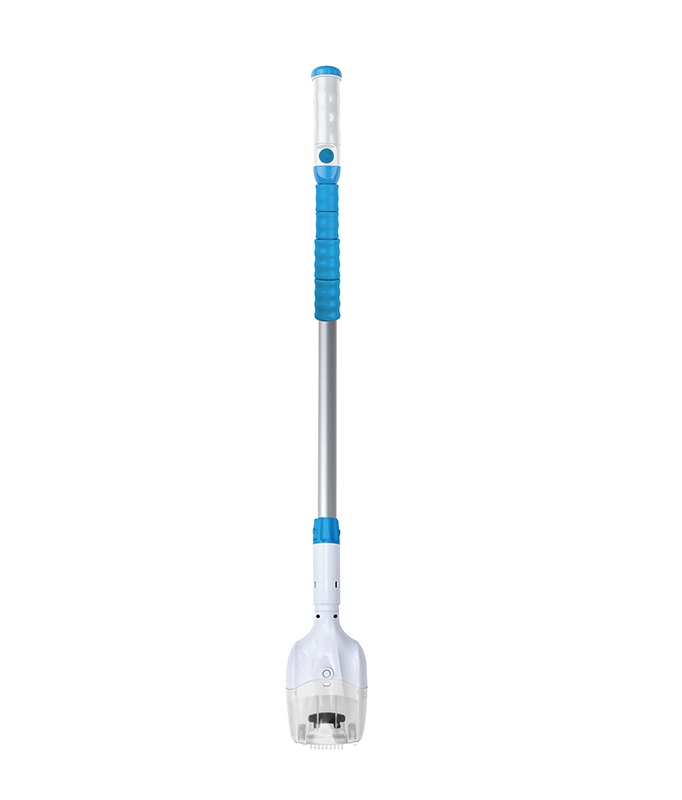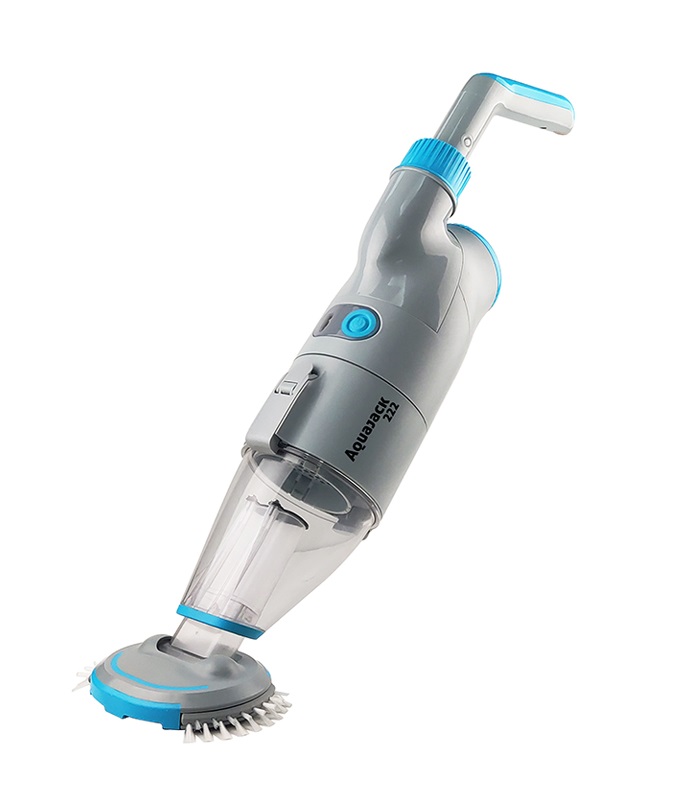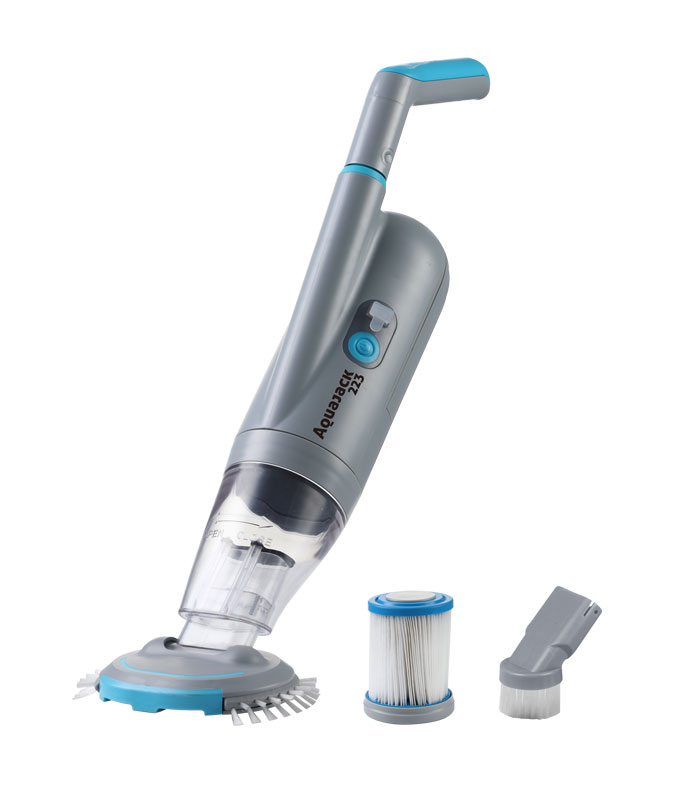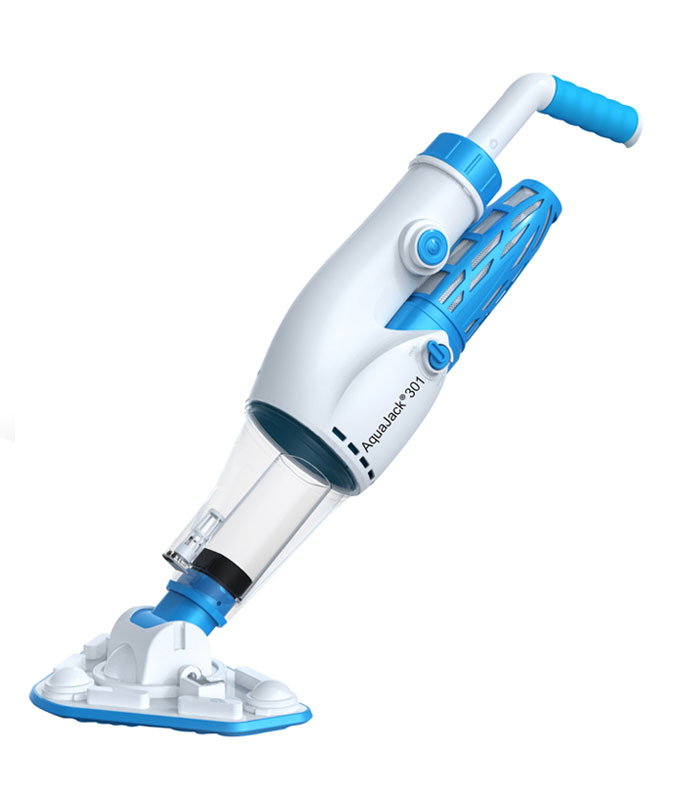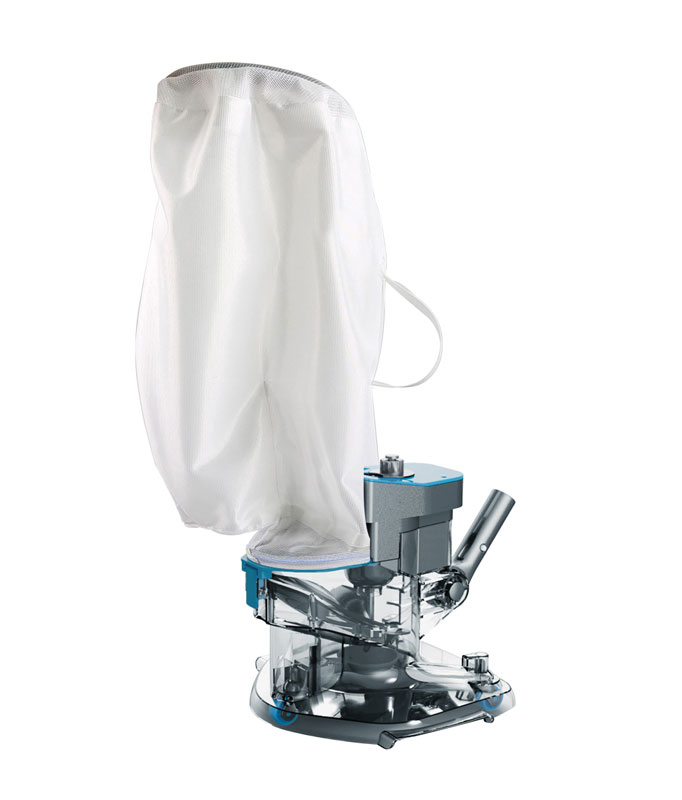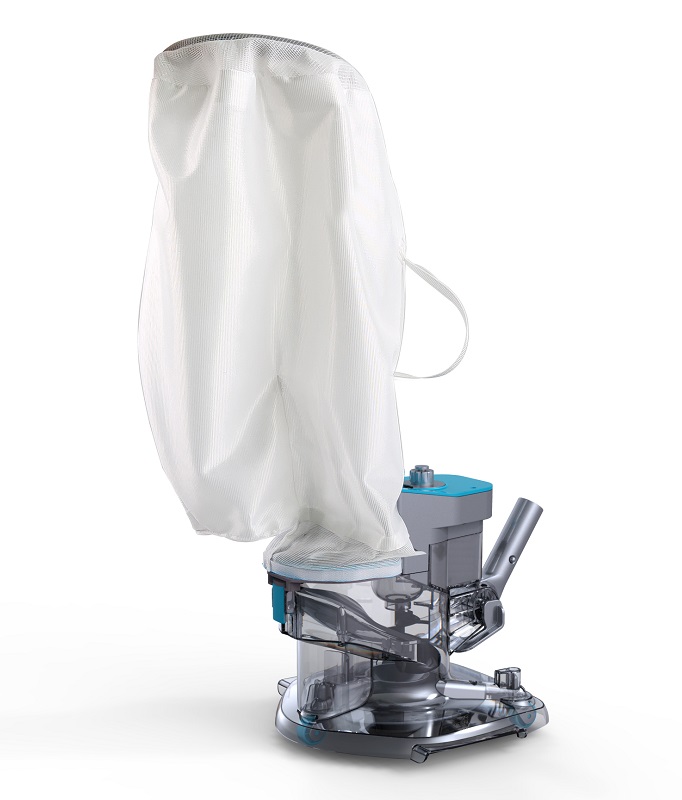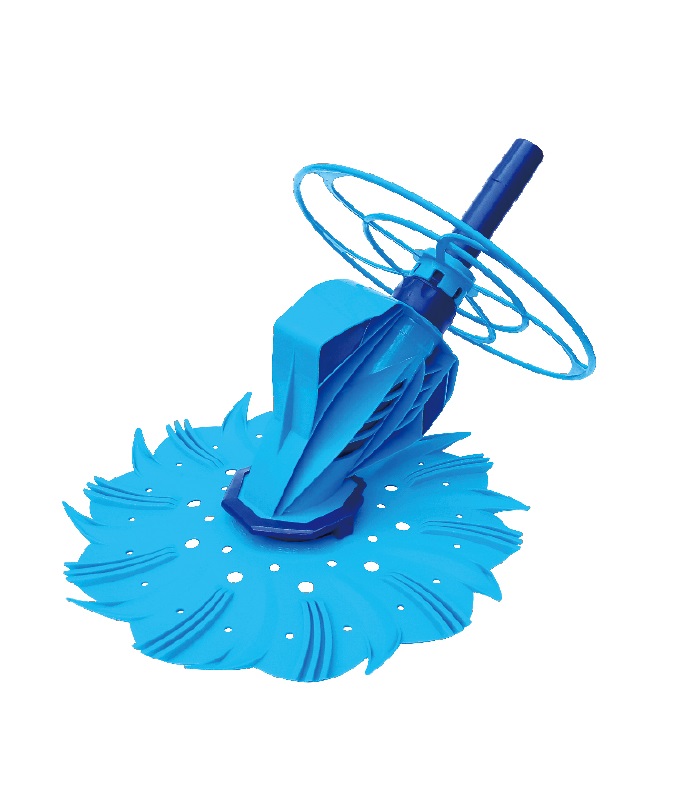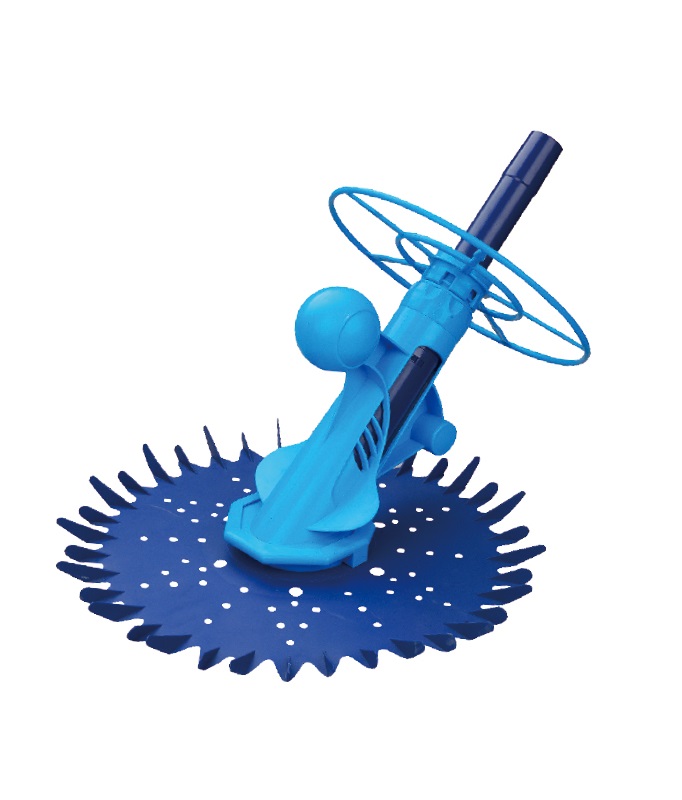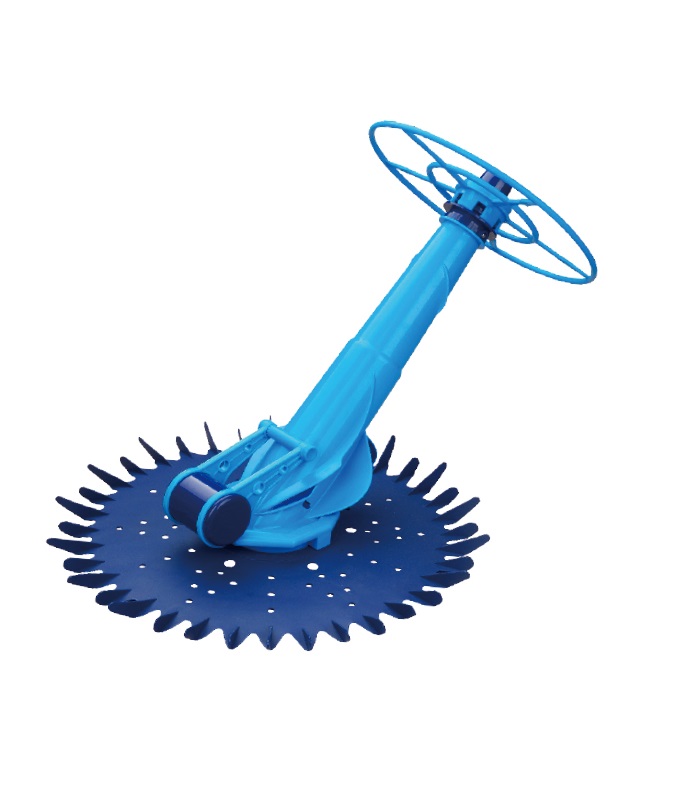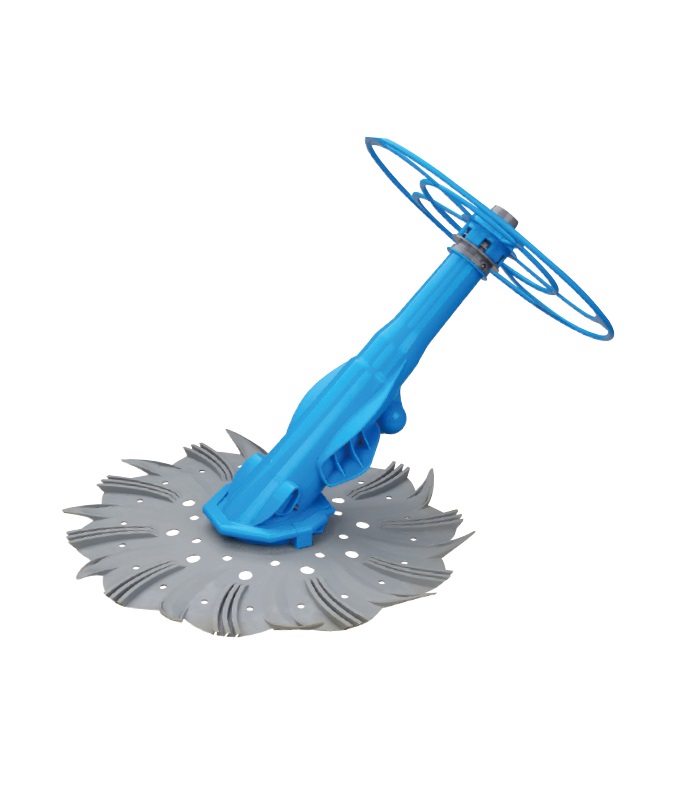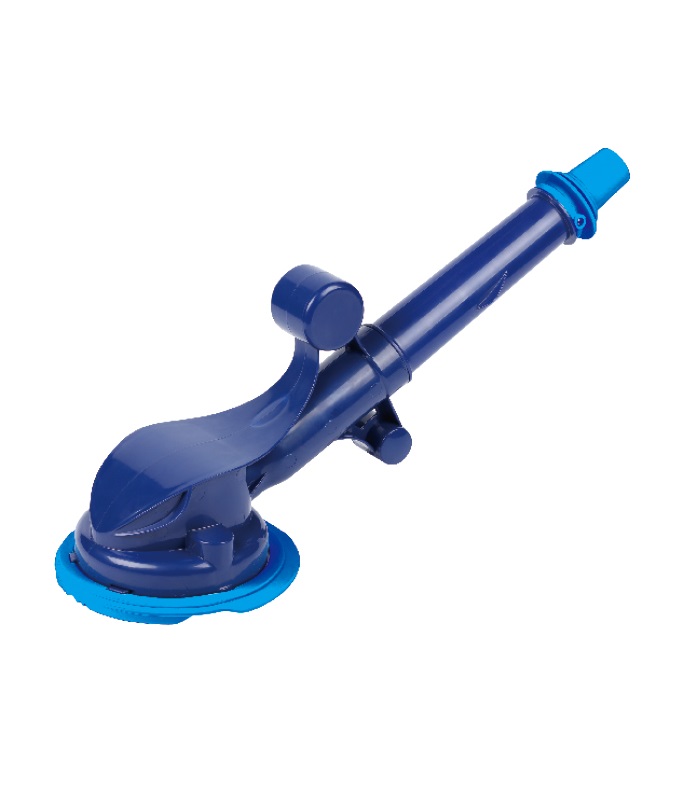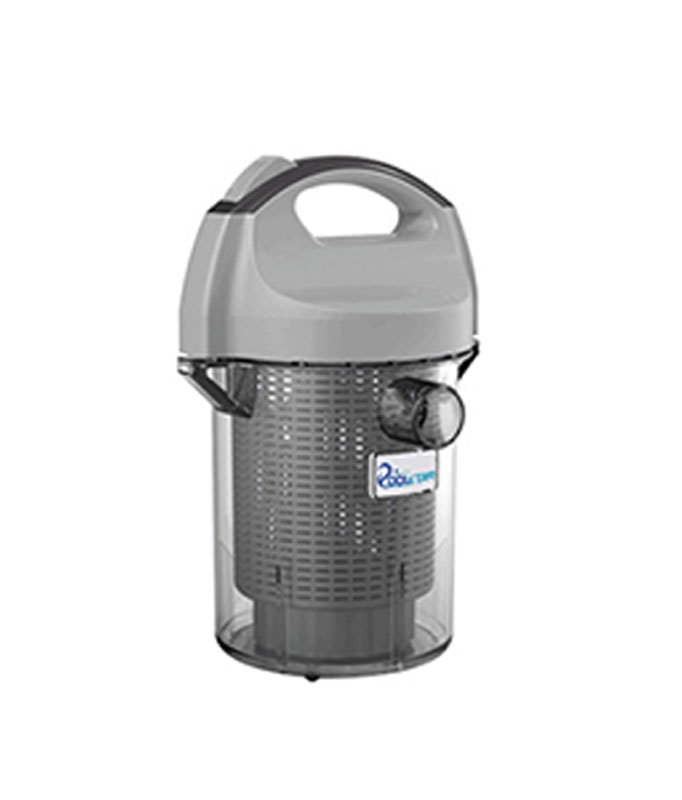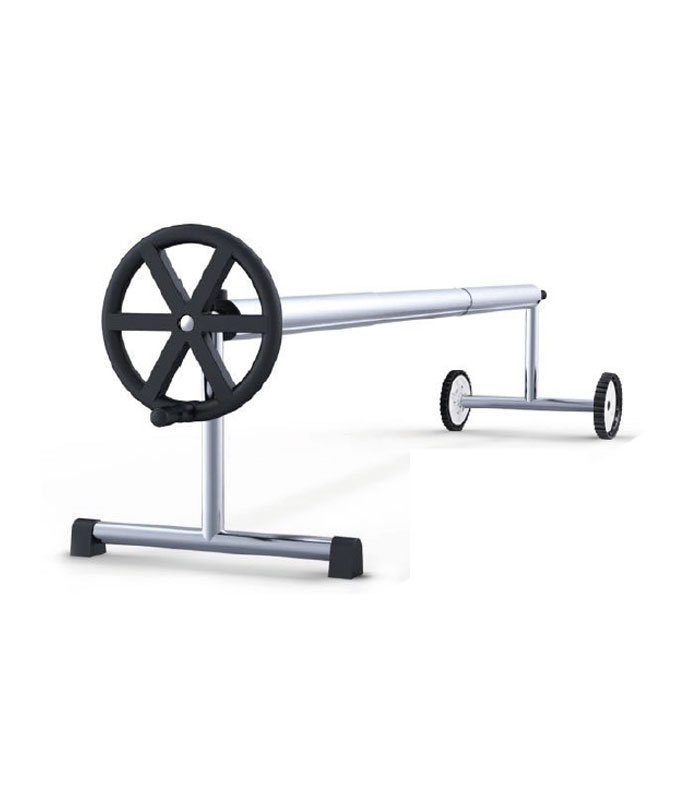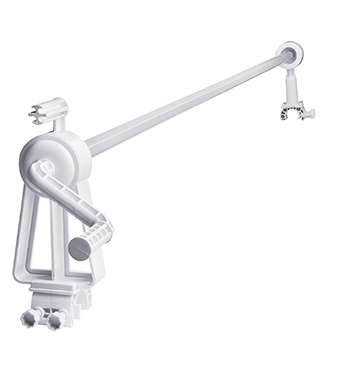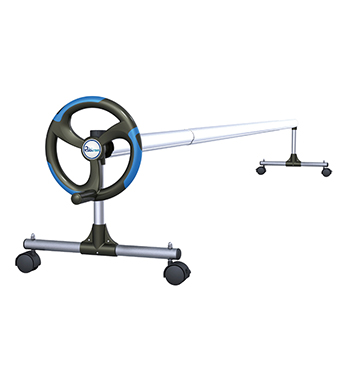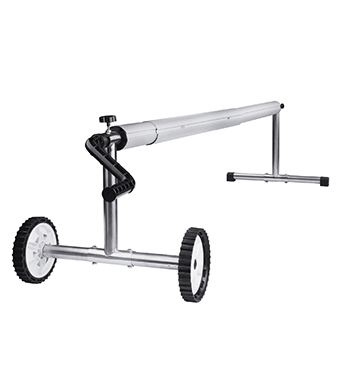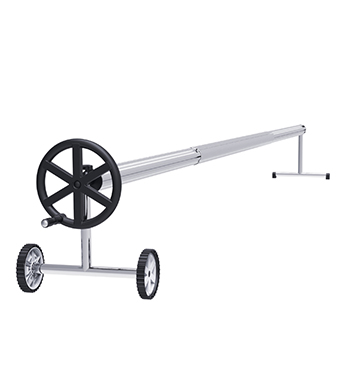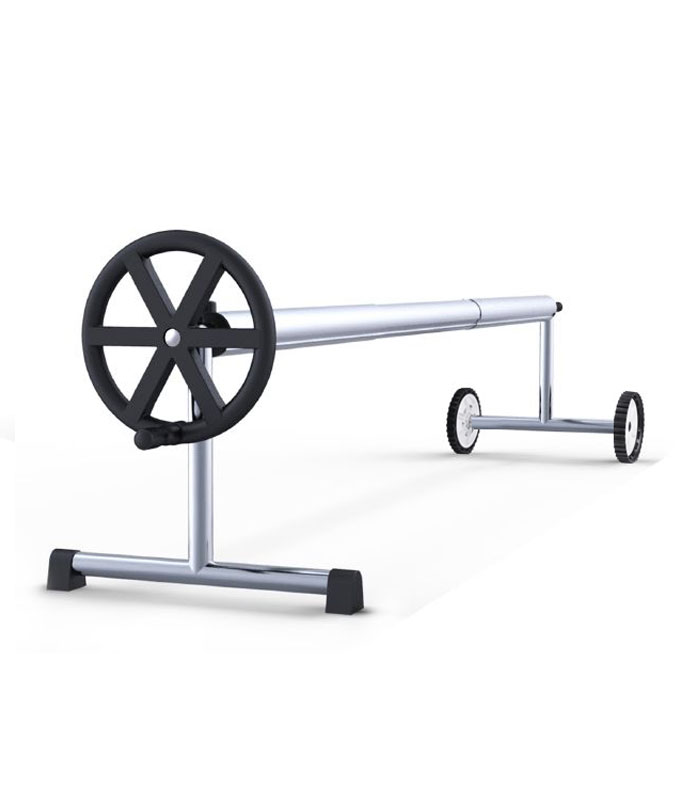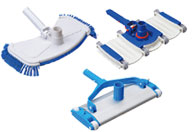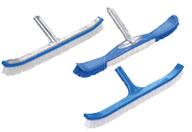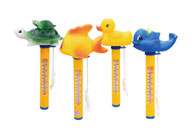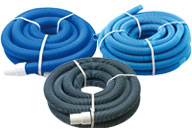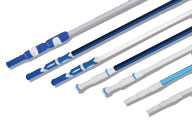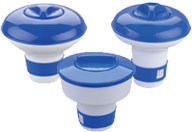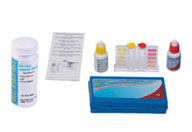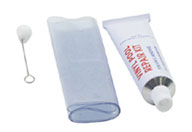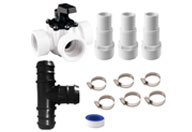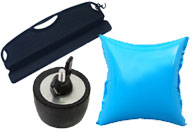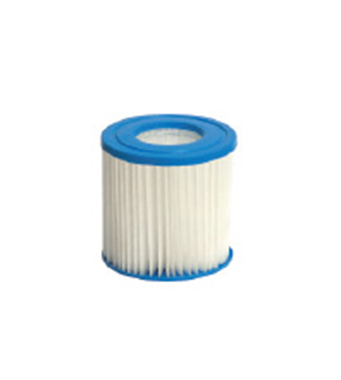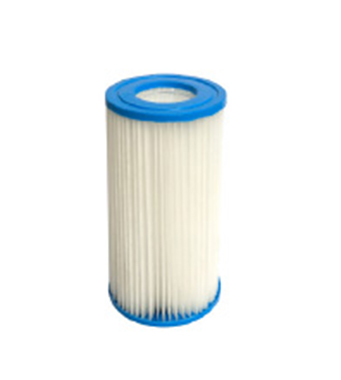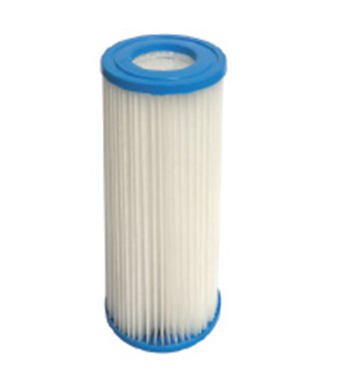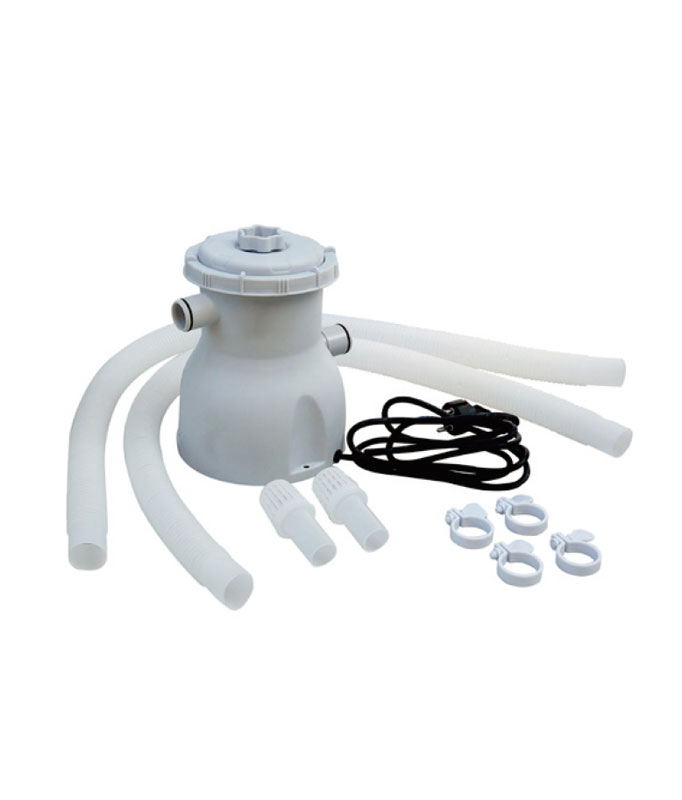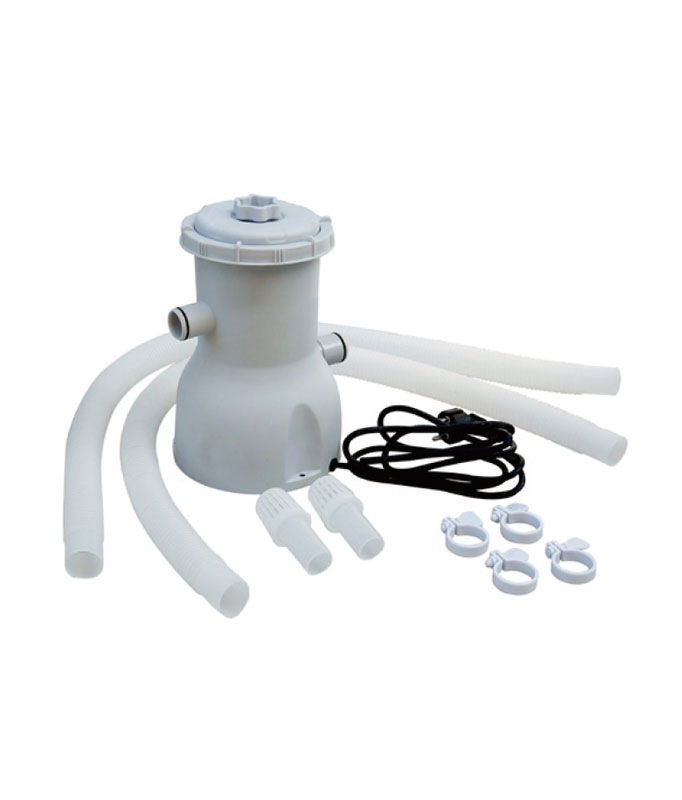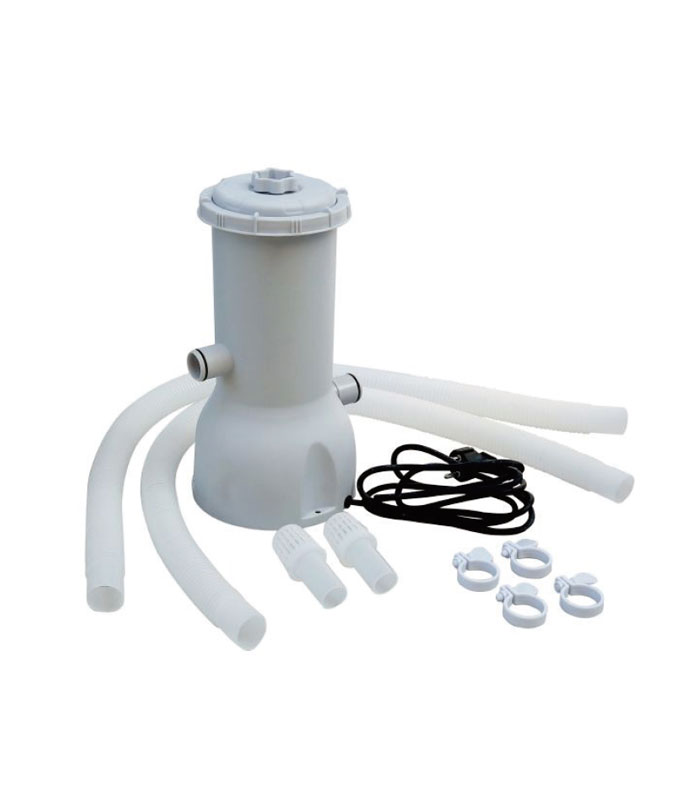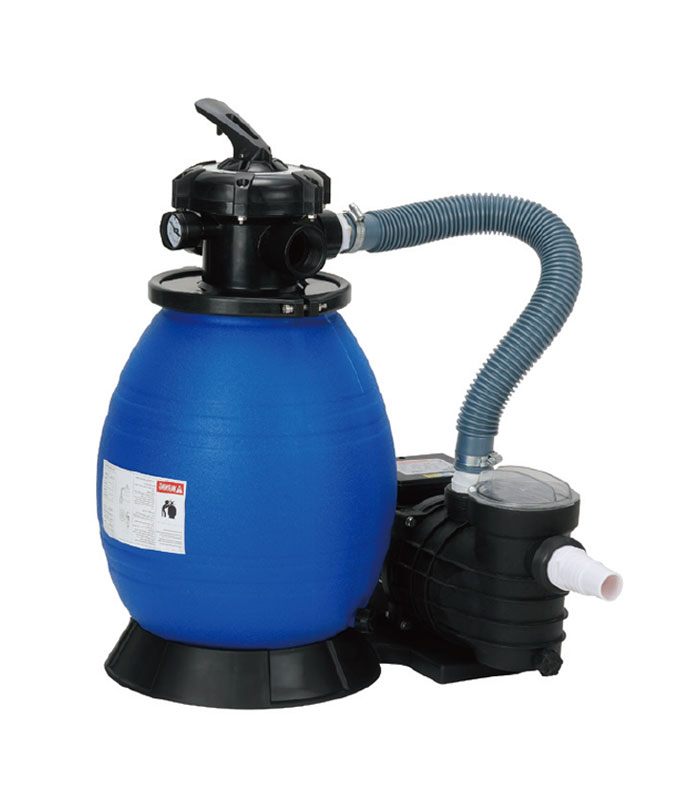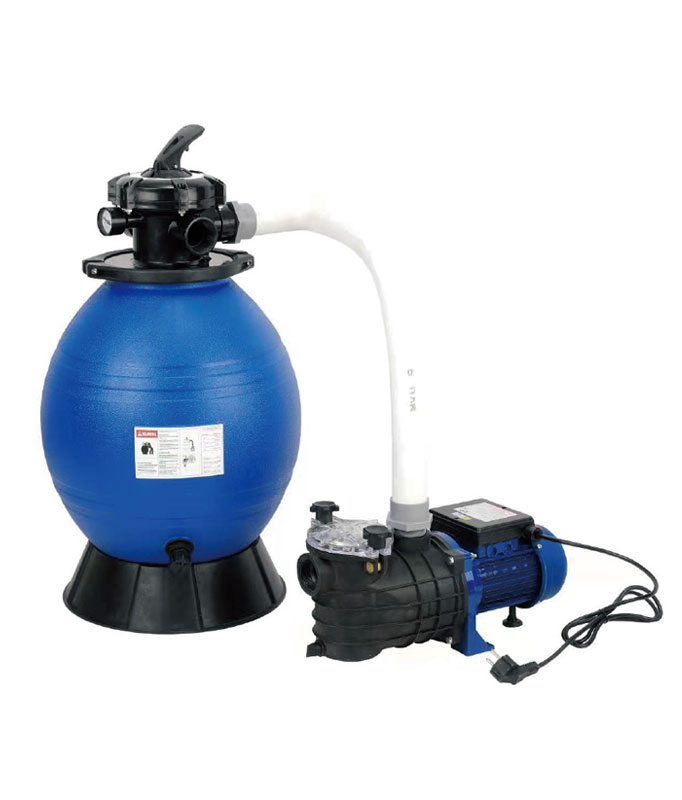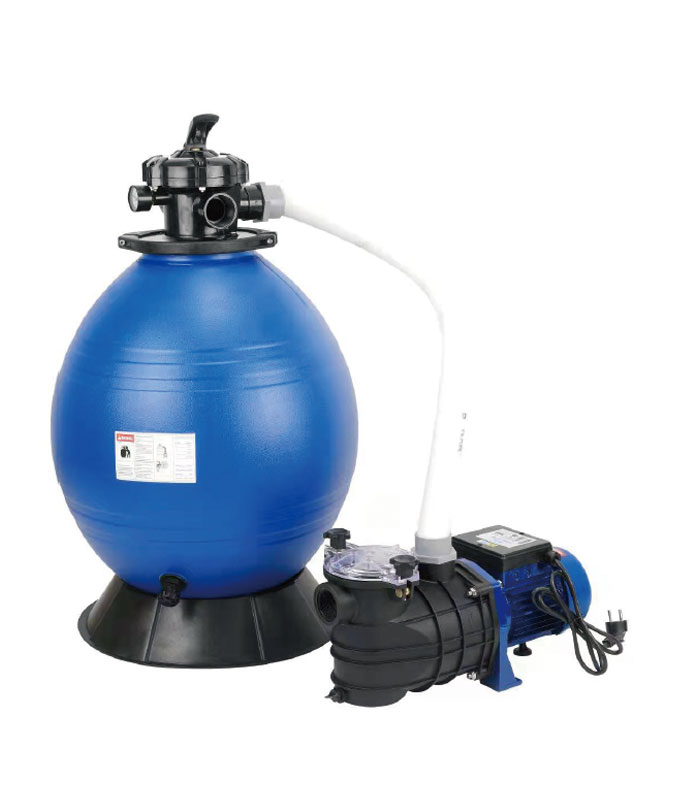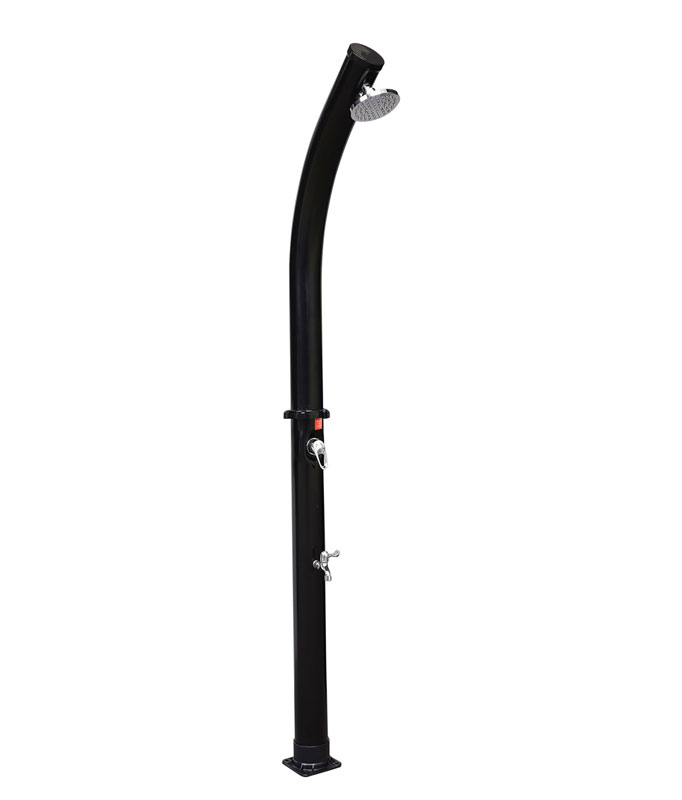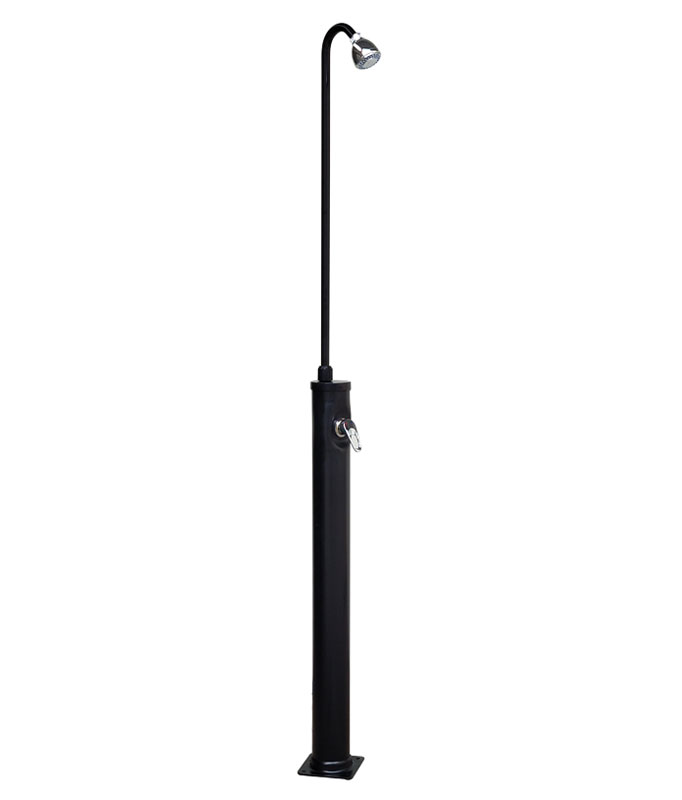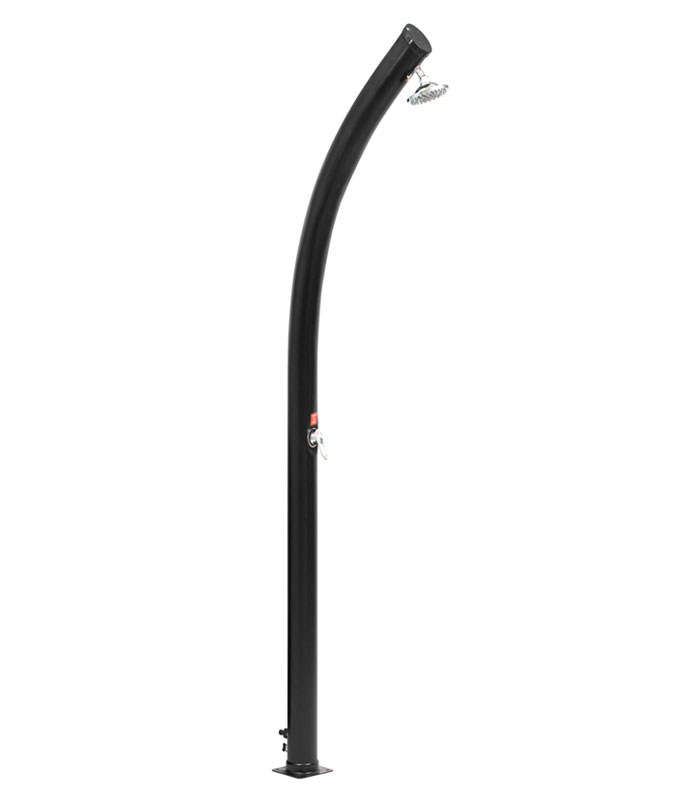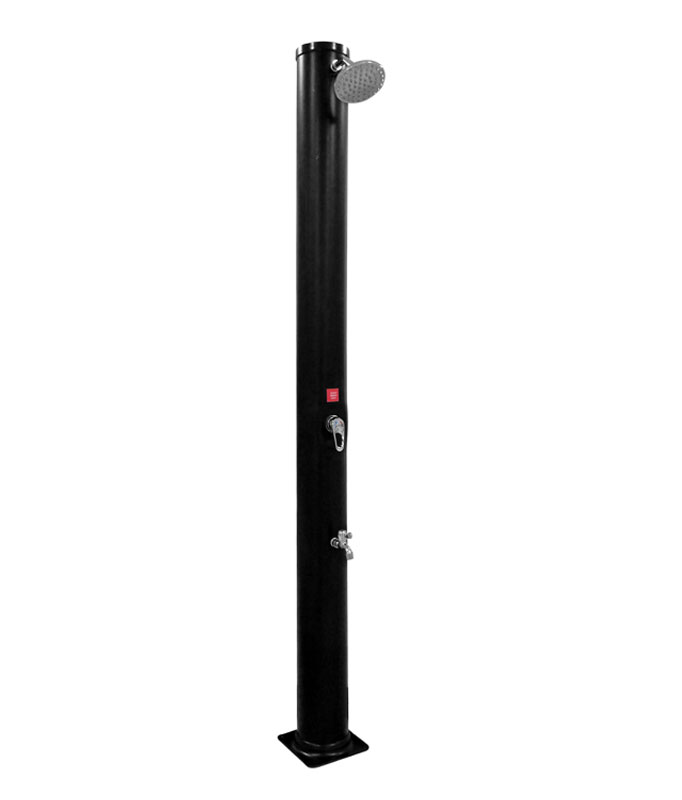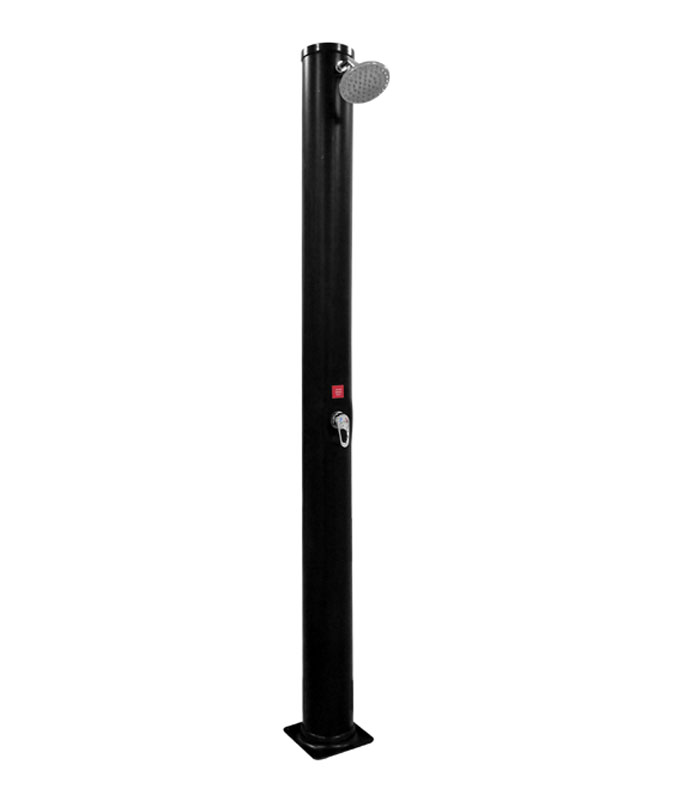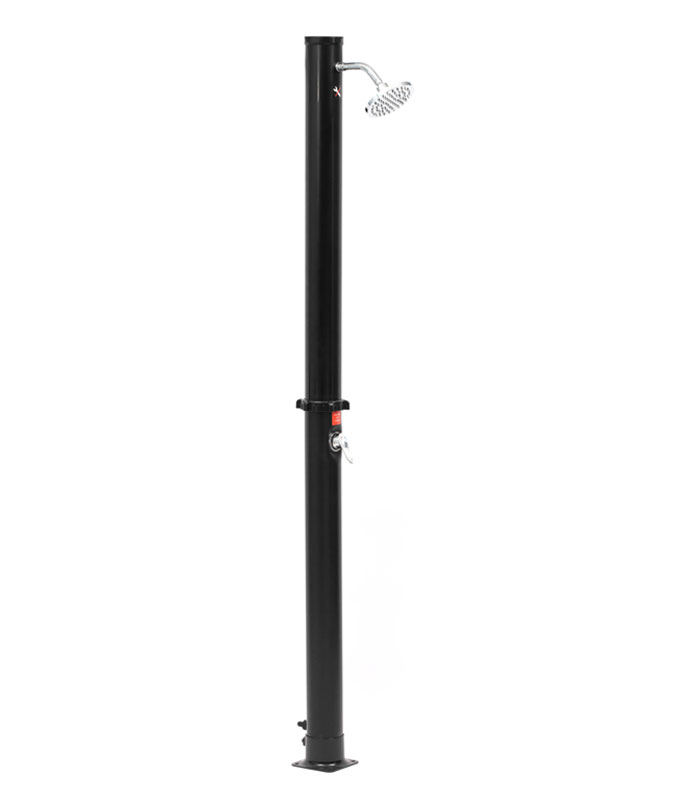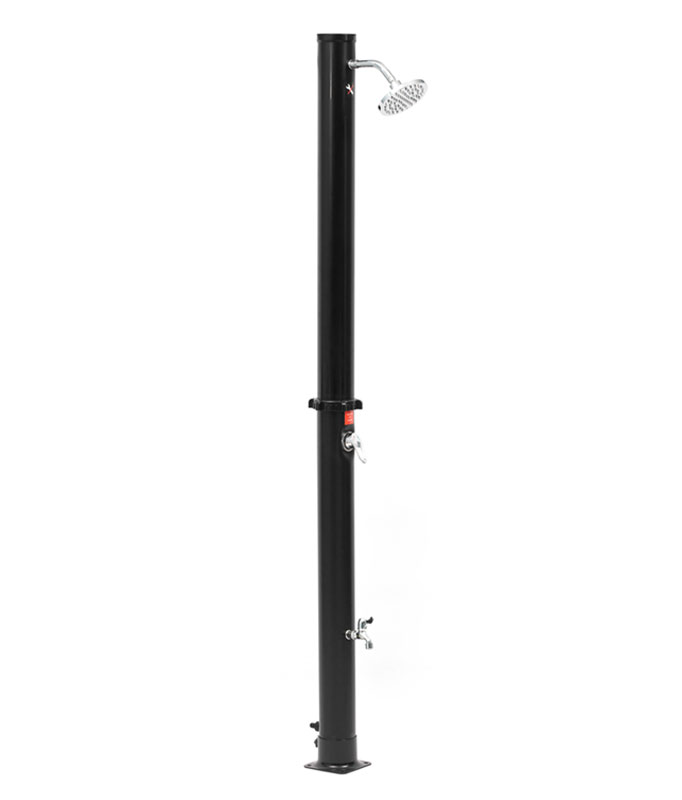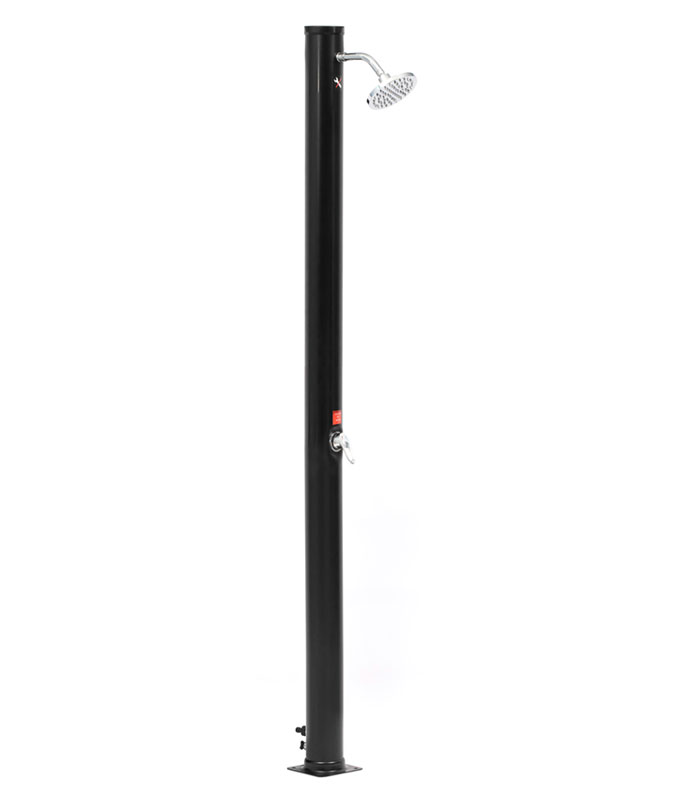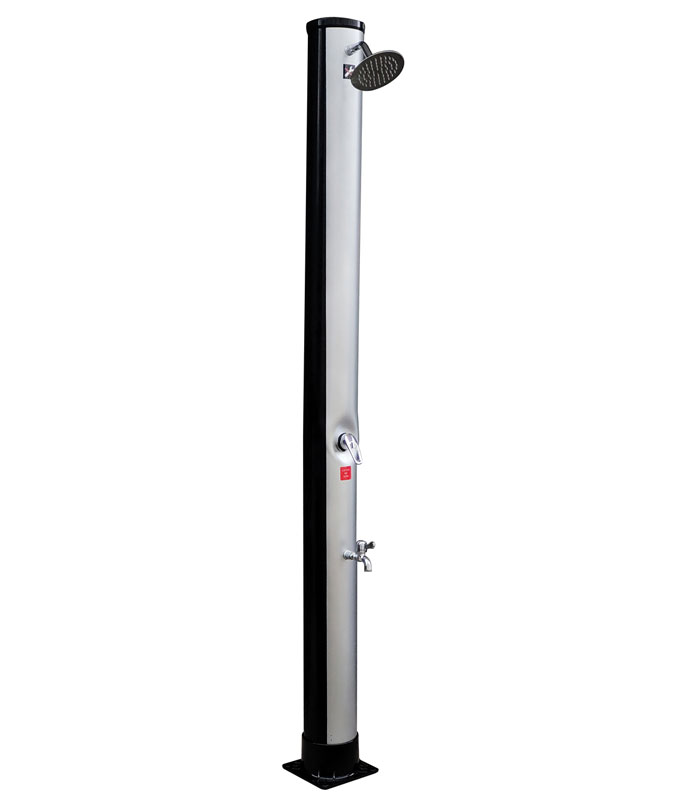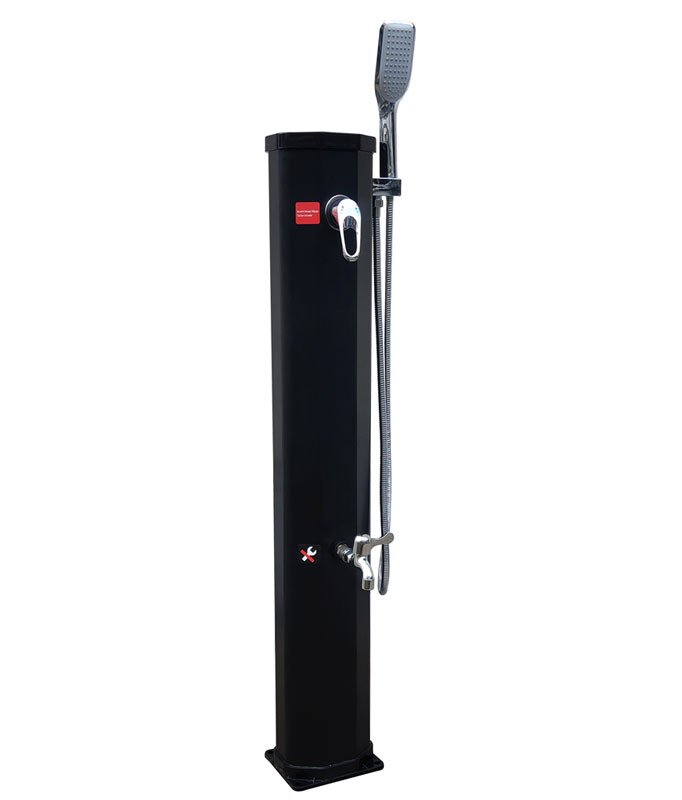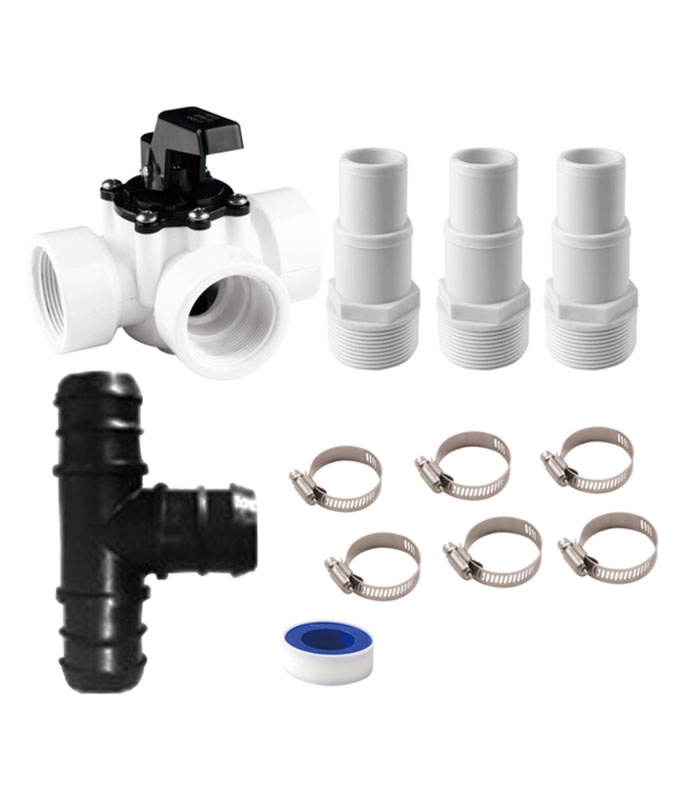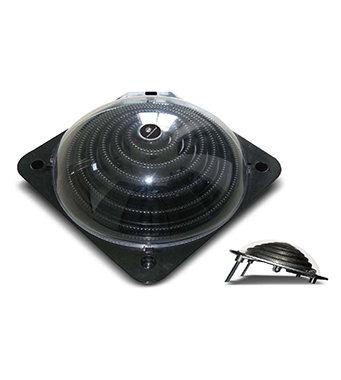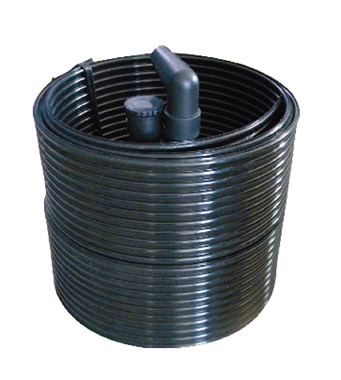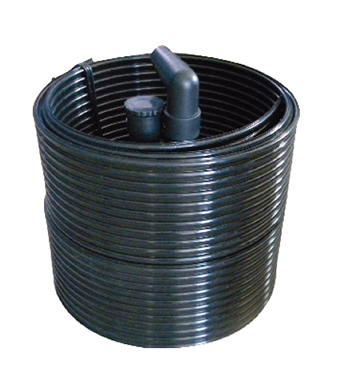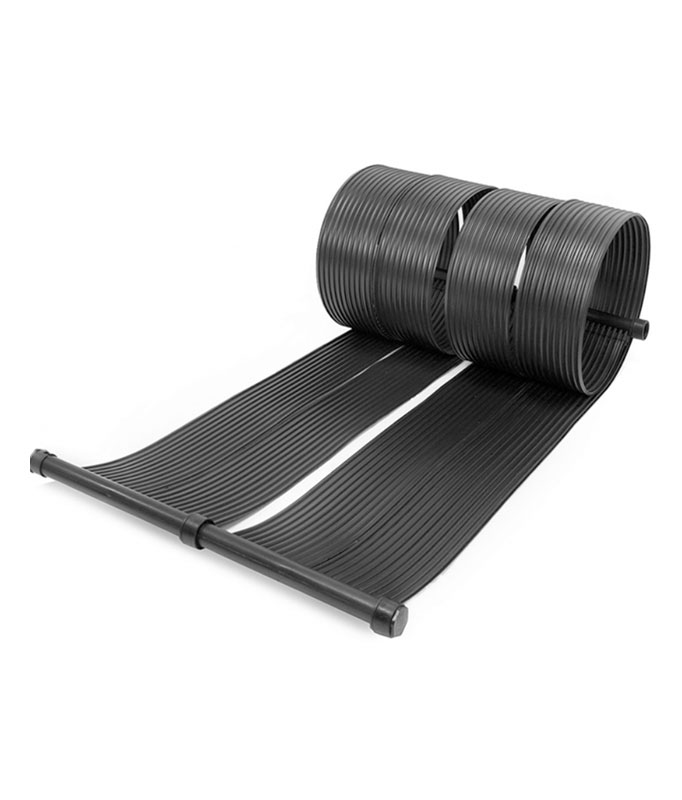When you choose a robotic pool cleaner, 2200Pa Suction Power: Robotic Pool Cleaner’s Debris Removal Benchmark gives you strong cleaning ability. You can lift leaves, dirt, and sand with ease. Check out options such as this model for reliable results.
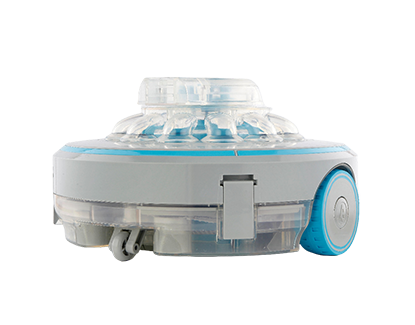
Key Takeaways
- 2200Pa suction power offers strong cleaning that lifts leaves, dirt, sand, and small debris from most home pools quickly and efficiently.
- Match the suction power to your pool’s size and debris level to get the best cleaning results and save energy.
- Choose a robotic pool cleaner that balances powerful suction with smart features like timers and easy maintenance for a hassle-free pool cleaning experience.
What Is Suction Power in Robotic Pool Cleaners?
Defining Suction Power
Suction power tells you how strong a robotic pool cleaner can pull in water and debris. When you look at suction power, you see how well the cleaner can pick up dirt, leaves, and even small pebbles from your pool. A higher suction power means the machine can lift heavier or more stubborn debris. You want a cleaner with enough suction to handle the mess in your pool.
Tip: If you have a lot of trees near your pool, you may need a cleaner with higher suction power to pick up all the leaves.
Suction power also affects how quickly your pool gets clean. Strong suction lets the cleaner finish the job faster. You spend less time waiting and more time enjoying your pool.
How Suction Power Is Measured (Pa Explained)
Manufacturers use the unit "Pa" or Pascal to measure suction power. One Pascal equals the force of one newton per square meter. In pool cleaners, a higher number of Pascals means stronger suction.
You might see numbers like 1500Pa, 2200Pa, or even higher. Here is a simple table to help you understand:
| Suction Power (Pa) |
Cleaning Strength |
|
1000–1500 |
Light debris |
|
1500–2200 |
Most common debris |
|
2200+ |
Heavy or large debris |
When you choose a robotic pool cleaner, check the Pa rating. This number helps you match the cleaner to your pool’s needs.
2200Pa Suction Power: Robotic Pool Cleaner’s Debris Removal Benchmark
Types of Debris 2200Pa Can Handle
When you use a robotic pool cleaner with 2200Pa Suction Power: Robotic Pool Cleaner’s Debris Removal Benchmark, you can expect it to handle a wide range of debris. This level of suction lets you remove both large and small particles from your pool. Here are some common types of debris that 2200Pa can tackle:
- Leaves: You often find leaves floating or sinking in your pool. 2200Pa suction power can lift both dry and wet leaves with ease.
- Sand and Dirt: Fine particles like sand and dirt settle at the bottom. This suction power pulls them up quickly.
- Twigs and Small Sticks: Sometimes, small branches fall into your pool. The cleaner can pick up these items without clogging.
- Insects: Bugs and other small pests often end up in the water. 2200Pa suction removes them efficiently.
- Pebbles and Small Stones: You may notice small stones or pebbles in your pool. This suction power can handle them, too.
Note: If you have a pool near trees or a garden, you will see more debris. 2200Pa Suction Power: Robotic Pool Cleaner’s Debris Removal Benchmark gives you the strength to keep your pool clean every day.
Pool Sizes and Surfaces Suited for 2200Pa
You want to know if 2200Pa Suction Power: Robotic Pool Cleaner’s Debris Removal Benchmark fits your pool. This suction power works well for most residential pools. You can use it in small, medium, or even some large pools.
- Small Pools: You get fast and thorough cleaning. The cleaner finishes the job quickly.
- Medium Pools: 2200Pa suction keeps up with regular debris and maintains clear water.
- Large Pools: For larger pools, this suction power still works, but you may need to run the cleaner longer.
You also need to think about your pool’s surface. 2200Pa Suction Power: Robotic Pool Cleaner’s Debris Removal Benchmark performs well on many surfaces:
- Tile: The cleaner glides smoothly and picks up dirt from the grout.
- Vinyl: You get gentle cleaning that does not damage the liner.
- Fiberglass: The suction removes fine particles without scratching.
- Concrete: The cleaner lifts debris from rough surfaces and corners.
Tip: Always check your pool cleaner’s manual to make sure it matches your pool’s surface. Using the right suction power helps you avoid damage and keeps your pool looking great.
If you want a reliable and strong cleaning solution, 2200Pa Suction Power: Robotic Pool Cleaner’s Debris Removal Benchmark gives you the performance you need for most home pools.
Comparing 2200Pa to Other Suction Levels
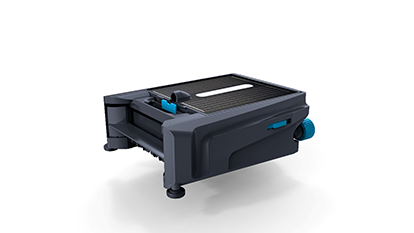
Common Suction Power Ratings in Pool Cleaners
When you shop for robotic pool cleaners, you see different suction power ratings. These numbers help you know how strong each cleaner is. Most pool cleaners fall into three main groups:
- Low suction (1000–1500Pa): These cleaners work best for pools with light debris, like dust or a few leaves.
- Medium suction (1500–2200Pa): You get good cleaning for most homes. These cleaners handle leaves, sand, and small twigs.
- High suction (2200Pa and above): These models can pick up heavy debris, like pebbles or lots of wet leaves.
You can use this table to compare:
|
Suction Power (Pa) |
Best For |
|
1000–1500 |
Light cleaning |
|
1500–2200 |
Regular home pools |
|
2200+ |
Heavy debris, big mess |
Tip: Always check the suction rating before you buy. It helps you match the cleaner to your pool’s needs.
Pros and Cons of 2200Pa vs. Higher or Lower Suction
You want to know if 2200Pa Suction Power: Robotic Pool Cleaner’s Debris Removal Benchmark is right for you. Here are some pros and cons:
Pros of 2200Pa:
- Handles most debris in home pools
- Works on many pool surfaces
- Balances power and energy use
Cons of 2200Pa:
- May not pick up very large or heavy debris as fast as higher suction models
- Uses more energy than low-suction cleaners
If you have a lot of big debris, you might want a higher suction model. If your pool stays mostly clean, a lower suction cleaner could save energy. Most people find 2200Pa gives the best mix of cleaning power and efficiency.
Who Should Choose a 2200Pa Robotic Pool Cleaner?
Best Pool Types and User Needs
You want a pool cleaner that matches your pool and your cleaning needs. A 2200Pa robotic pool cleaner works well for many people. If you have a standard backyard pool, this suction power gives you strong cleaning without wasting energy. You get the best results if your pool collects leaves, sand, or small twigs.
Here are some pool types and users who benefit most:
- Residential pools: Most home pools fit this category. You get reliable cleaning for daily or weekly use.
- Pools near trees or gardens: If you see leaves or dirt in your pool, 2200Pa suction handles these with ease.
- Families with kids: Kids often bring in grass, dirt, or small toys. This cleaner picks up most of these items.
- Busy homeowners: You save time because the cleaner works fast and needs little supervision.
Tip: If you want a balance between cleaning power and energy use, 2200Pa is a smart choice.
When to Consider More or Less Suction Power
You may wonder if you need more or less suction. Think about your pool’s size, location, and how much debris you see.
- Choose more suction (above 2200Pa):
- You have a large pool.
- You see lots of heavy debris, like pebbles or big leaves.
- Your pool sits under many trees.
- Choose less suction (below 2200Pa):
- Your pool stays mostly clean.
- You only see light dust or a few leaves.
- You want to save on energy costs.
Note: Always match the suction power to your pool’s needs. This helps you get the best cleaning results and saves you money.
Tips for Choosing a Robotic Pool Cleaner Based on Suction Power
Matching Suction Power to Your Pool’s Needs
You want your pool cleaner to match your pool’s unique needs. Start by looking at the size of your pool. A small pool often needs less suction, while a large pool benefits from higher suction power. Think about the type and amount of debris you see most often. If you notice lots of leaves, sand, or small stones, you should choose a cleaner with at least 2200Pa suction power.
Here is a quick guide to help you:
|
Pool Type |
Debris Level |
Suggested Suction Power |
|
Small, clean pool |
Light |
1000–1500Pa |
|
Medium pool |
Moderate |
1500–2200Pa |
|
Large, messy pool |
Heavy |
2200Pa or higher |
Tip: Walk around your pool and check for problem spots. If you see corners or steps with extra dirt, you may need a stronger cleaner.
Other Features to Consider Alongside Suction Power
Suction power matters, but you should also look at other features. Some cleaners offer smart navigation. This helps the cleaner move around your pool without missing spots. Others have large filter baskets. These baskets hold more debris, so you empty them less often.
You may want to check for these features:
- Programmable timers: Set cleaning times that fit your schedule.
- Climbing ability: Cleaners that climb walls give you a spotless pool.
- Energy efficiency: Save money on electricity with efficient models.
- Easy maintenance: Look for models with simple filter access.
Remember, the best robotic pool cleaner balances strong suction with features that make your life easier. Choose a model that fits your pool and your routine.
- You can trust 2200Pa Suction Power: Robotic Pool Cleaner’s Debris Removal Benchmark for most home pools.
- Match suction power to your pool’s size and debris.
Choose a cleaner that balances suction power with smart features. This helps you keep your pool clean and easy to maintain.
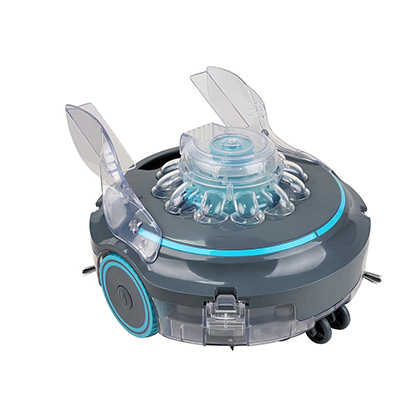
FAQ
How often should you run a 2200Pa robotic pool cleaner?
You should run your cleaner two or three times each week. If your pool gets dirty quickly, you may need to clean more often.
Can a 2200Pa robotic pool cleaner pick up algae?
A 2200Pa cleaner can remove loose algae. For heavy algae, you should brush the pool first and use chemicals to treat the water.
Does higher suction always mean better cleaning?
Higher suction helps with large debris. You still need good filters and smart navigation for the best results. Balance suction with other features for a clean pool.

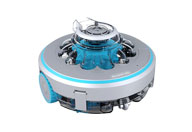 Robotic Pool Cleaner
Robotic Pool Cleaner 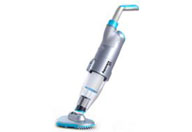 Portable Pool Vacuum Cleaner
Portable Pool Vacuum Cleaner 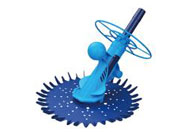 Automatic Pool Cleaner
Automatic Pool Cleaner 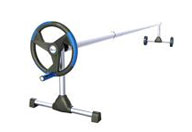 Pool Cover Reel
Pool Cover Reel 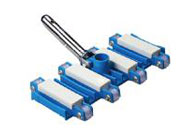 Pool Cleaning Accessories
Pool Cleaning Accessories 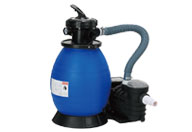 Pool Filter Pump
Pool Filter Pump 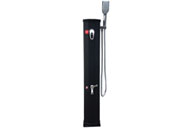 Pool Solar Shower
Pool Solar Shower 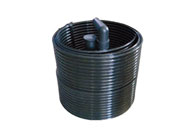 Pool Solar Collector
Pool Solar Collector 